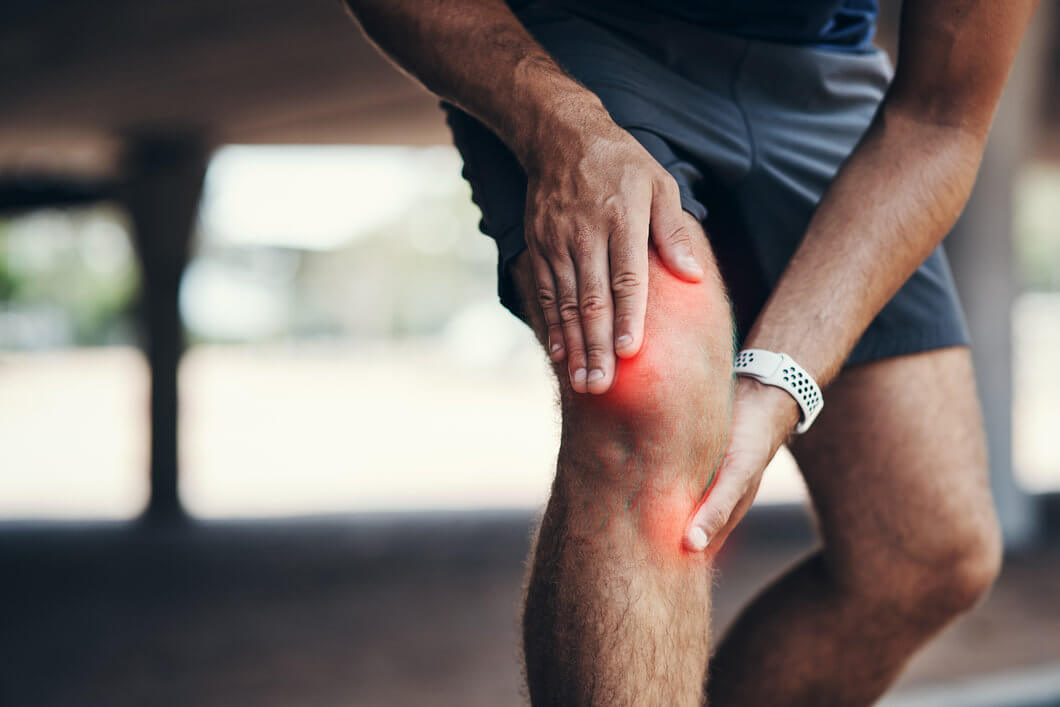Mr Pramod Achan
Consultant Orthopaedic and Trauma Surgeon
Specialist expertise: Hip Conditions, Knee Conditions, Sports Injuries, Orthopaedics, Hip Arthroscopy, Hip, Hip and Knee Disorders, Knee, Knee Reconstruction, Knee Arthroscopy, Arthritis, Meniscal Surgery.

